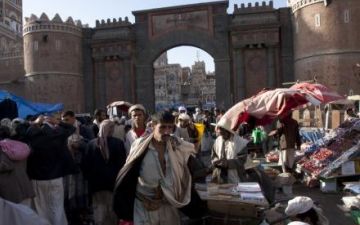After the attempted bombing of Northwest flight 253 in December, Yemen again became the focus of US and international counterterrorism policy. A flurry of media reports in January gave the world a glimpse of this fragile country, sliding disastrously towards collapse.
Through their long-term project, "Yemen: Assessing the Threat," reporters Paul Stephens and Haley Sweetland Edwards will explore the complex politics, society, and history of Yemen, with the goal of providing a more in-depth understanding of this often misunderstood nation. While the international media is primarily focused on the terrorist threat in Yemen, policy makers will have to work to solve the numerous other crises contributing to the country's instability.
At the start of 2010, Yemen faces a number of challenges. The government is battling an on-going insurgency in the northern provinces, a separatist movement in the south, and renewed concern over Al-Qaeda in the Arabian Peninsula, a branch of al-Qaeda active in many regions of the country.
Yemen, the poorest nation in the Arab world, must also absorb record numbers of refugees fleeing Ethiopia and Somalia, at a time when its own unemployment rate is over 35 percent. In the background, a growing water crisis, dwindling oil resources, and widespread malnutrition loom large.



